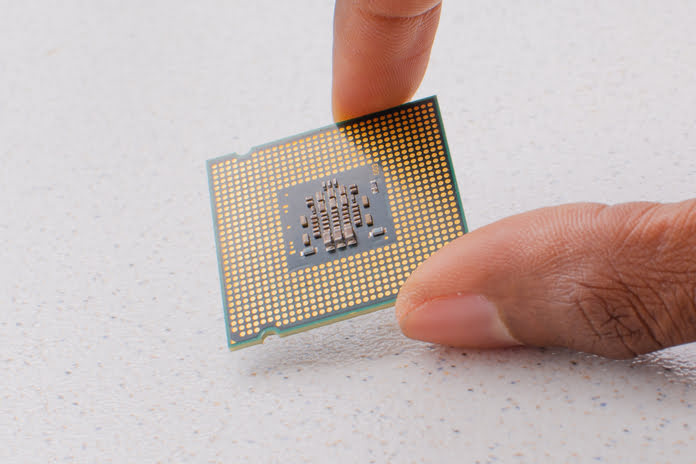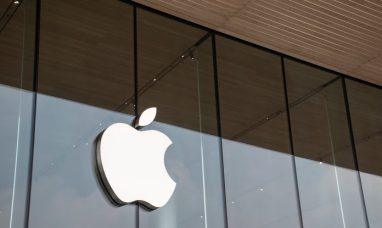Intel (NASDAQ:INTC)
Intel (NASDAQ:INTC), the world leader in semiconductors, became a strong candidate for the worst quarterly earnings report of the current earnings season a few weeks ago. The company’s revenue and earnings fell short of Wall Street’s projections, and its outlook for the current quarter was even direr than the most pessimistic forecasts had predicted. Several investors are worried about receiving their yearly dividends this year since the corporation is in the middle of a large investment cycle. Intel made a significant change this week that should ensure the large cash distribution can continue for the foreseeable future.
For the entire year of 2022, Intel’s adjusted free cash flow was minus $4.075 billion. Compared to 2021, this dropped around $7 billion, and the reported sum was somewhat lower than the low end of expectations. This year’s GAAP profits are expected to be lower and might be negative, casting significant uncertainty about the cash flow position. What the company’s CFO had to say on the fourth quarter conference call is as follows:
The first half of 2023 will see adjusted free cash flow fall below our Investor Day forecast of about neutral before climbing back up to target levels in the second half of the same year.
Financial records showed that Intel had $28 billion in cash and short-term investments as of the end of 2022. The company’s share in Mobileye (MBLY), which it partly monetized via an IPO last year, is one example of a longer-term and more strategic investment not included in this figure. Although Intel stock net debt was $42 billion as of the most recent financial statement, the corporation is still on the verge of collapse.
Intel stock investors and analysts have questioned the dividend as the firm expects to run an adjusted free cash flow deficit again, at least for the year’s first half. With more shares outstanding this year than last, Intel’s dividend payout will increase to about $6 billion from $5.9 billion. The corporation did not do any share repurchases in 2022, so stock-based pay contributes to dilution.
Some shareholders could overreact in the near term if they are concerned about the company’s long-term prospects and argue that the dividend should be reduced or even abolished. The company did not generate any major free cash flow in 2018, but that is expected to change in 2025 and beyond, as was stated during Intel’s 2022 Investor Meeting. As a result, a large corporation with such a long record of dividend payments is unlikely to make hasty decisions, even if doing so might incur some costs in the near term.
The corporation has collected $11 billion, which is all cash. Over a year, the interest expense came to a little over $583 million, or a return on average of 5.30%. Considering the bond’s long maturity of 40 years and interest rates no longer near zero, it’s a good price. This additional cost amounts to around 14 cents per year before taxes or a few pennies every quarter.
Because Wall Street forecasts that the firm will be profitable again over the next several years ($3 per share), this is a small expense. The cost to maintain the dividend was quite low, coming in at about $300 million. This is because the bond issue was almost twice as large as the payout. The remaining funds from the transaction will be used toward general company expenses, such as the big spending spree that will hopefully pay off in the long run.
The street has gotten somewhat more pessimistic about the stock after the dismal Q4 results announcement. The median forecast has dropped by almost $3 and is now hovering just around $28. That’s a drop of approximately 3.5% from Tuesday’s finish, but I’ve argued before that, with the company’s short-term prospects so dim, I would only consider purchasing the stock once it dropped to the low to mid $20s.
Finally, this week’s large bond issuance by Intel could provide light on the firm’s near-term dividend outlook. This year, the chip giant will probably burn through a few billion more in cash, but the newly obtained capital should cover that, plus the yearly distribution of about $6 billion. Despite Intel’s growing debt, the company expects to begin generating significant cash after the current investment cycle concludes. Long-term investors in Intel stock are now receiving more than a 5% yield. However, I wouldn’t recommend buying shares at this time.
Featured Image: Freepik @ JERO SenneGs









